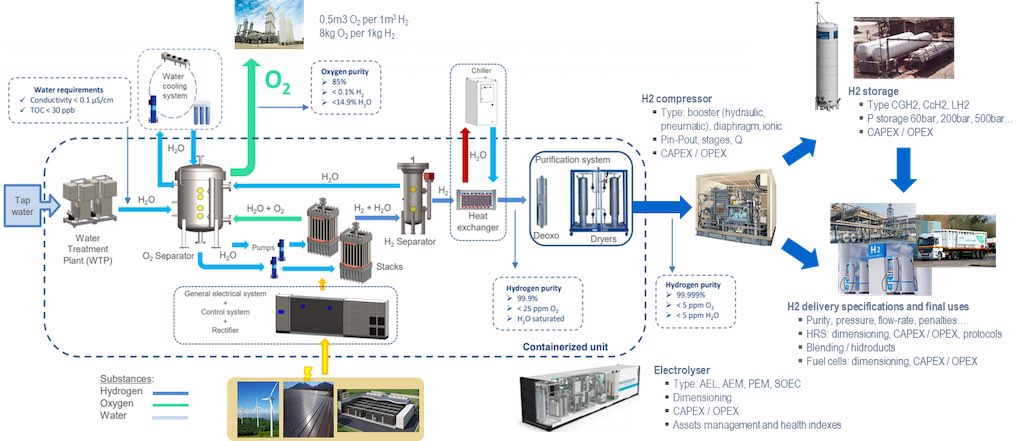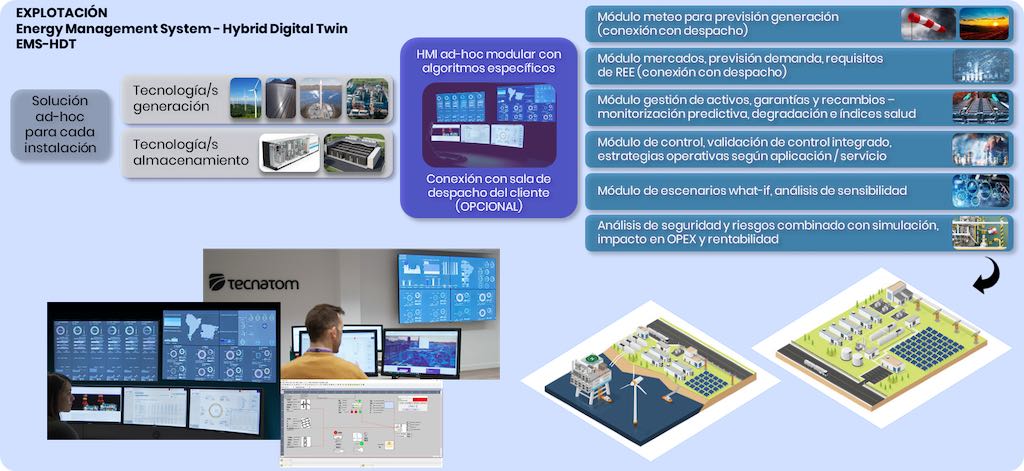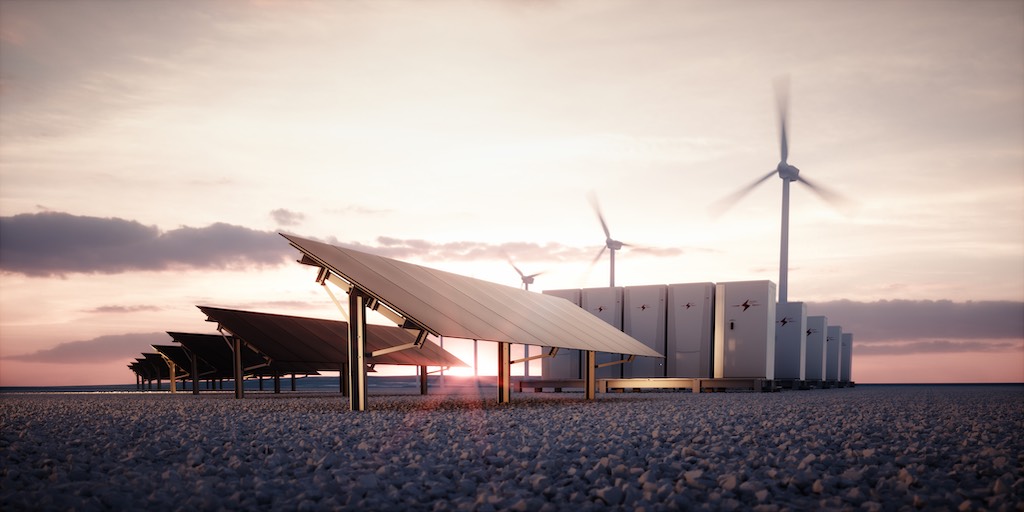The transition towards climate neutrality implies changes to an energy system that is characterised by an increasing predominance of renewable resources. The largely unmanageable nature of these resources and gradual withdrawal of synchronous generation lead to the need for solutions ensuring the electricity supply and the reliability of the system.
Among other issues, the Spanish standards, specifically the Law RDL 23/2020, have proposed hybridisation as a way of taking maximum advantage of primary resources thanks to their complementary nature, allowing them to be managed through energy storage and optimising the use of current network infrastructures with a view to achieving a more efficient, flexible and resilient electricity system.
Successful hybridisation depends upon the achievement of a number of objectives:
- Optimum dimensioning of storage, a key issue given its high current CAPEX, although this is progressively decreasing thanks to economy of scale and technological progress. It is also necessary to identify the ideal moment to invest.
- Maximising the use of storage is vital for its amortisation and economic viability. This requires control and simulation solutions allowing for optimum planning, operation and management.
- Degradation is an important parameter in the case of batteries and electrolysers, requiring analysis for the management of the manufacturer’s guarantee and the implementation of replacement strategies based on health indexes.
- The revenues associated with dispatch based on energy arbitration and/or with punctual dispatch in the case of balancing markets, are insufficiently attractive at current prices and do not ensure a minimum profitability. For this reason, consideration should be given to the approval of a capacity market , the higher granularity of forthcoming quarter-hourly scheduling periods or the impact of the energy mix proposed in the Integrated National Energy and Climate Plan (PNIEC 2021-2030) on electricity prices, without forgetting the major role played by markets adjusted in near real time.
In summary, hybridisation opens up a world of possibilities in the sector, bringing maximum power to the expression “STRENGTH THROUGH UNION”, especially by simultaneously combining multiple technologies.
Taking advantage of this opportunity requires tools helping to plan and operate the facilities. Tecnatom can provide the following solutions for the optimisation of hybridised installations:
Planning phase: Smart Hybrid Plan (SHP)
This analyses the technical and economic feasibility of hybridising multiple combinations of generation and/or storage depending on the needs of the client. The latter will select different objectives, such as the following:
- Optimum dimensioning of the storage and/or generation systems.
- Maximisation of the internal rate of return (IRR) considering the service lifetime of the hybridised facility.
- Calculation of the profitability threshold and subsidies required, as well as of the optimum moment for investment.
These studies may be combined with future sensitivity analyses, for example the decrement in the price of assets or the impact on electricity prices of the future energy mix.

In addition, the SHP solution provides other results, such as the following:
- High level operating strategies for the charging/discharging of batteries under different boundary conditions, such as the the degradation due to cycling or the mabagement of the
- Primary resource complementarity curves for the hybridisation of various renewables.
- Revenues broken down by generation and/or storage and by electricity markets.
- Financial analysis up to the end of the service lifetime of the facility.
Operating phase: Energy Management System – Hybrid Digital Twin (EMS-HDT)
Following the start-up of the hybridised facility, the Hybrid Digital Twin solution, developed ad-hoc for each plant, helps the client to achieve an optimum dispatching and an advanced management of his hybridised assets thanks to:
- The development of operating strategies based on the availability of the primary resource, market price signals and asset health indexes.
- Predictive monitoring. Analysis of asset degradation for the guarantees management and assistance in decision-making with regard to maintenance and the management of spare parts.
- Validation of the aggregated control system of the hybridised facility.
- Application of what-if scenarios with different case studies.

These developments are based on in-house Tecnatom technology and may therefore be adapted to your needs and installations.
May we accompany you on this exciting journey to energy transition? Please contact us on Tec4GRIDS!







